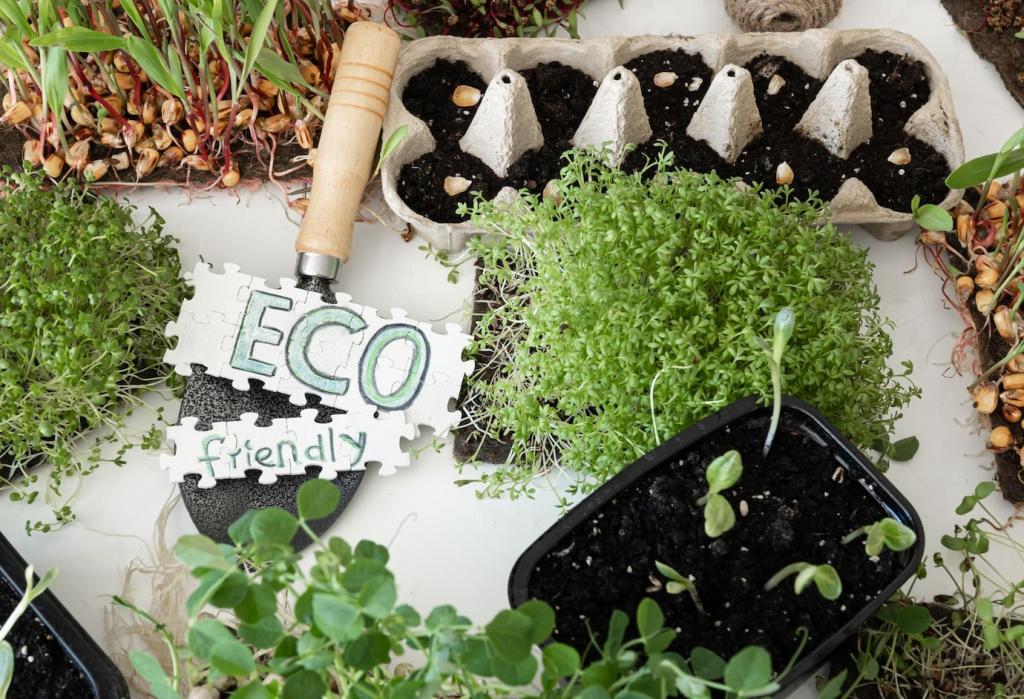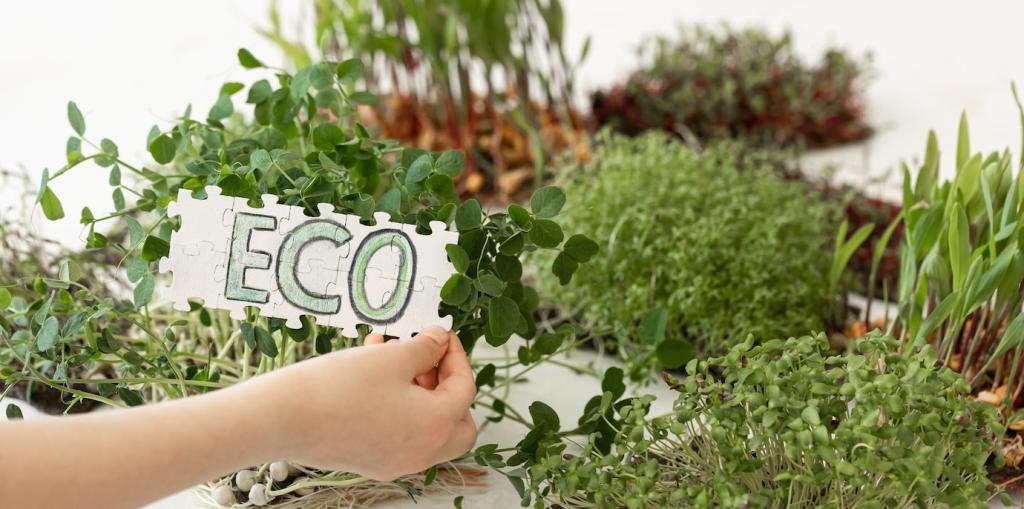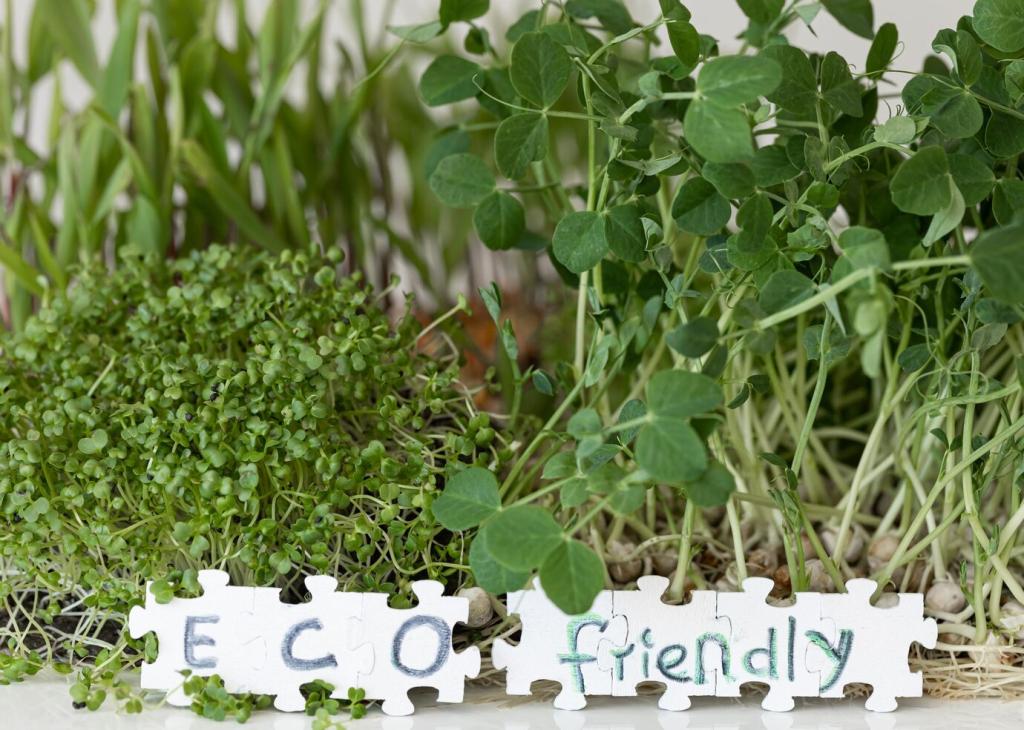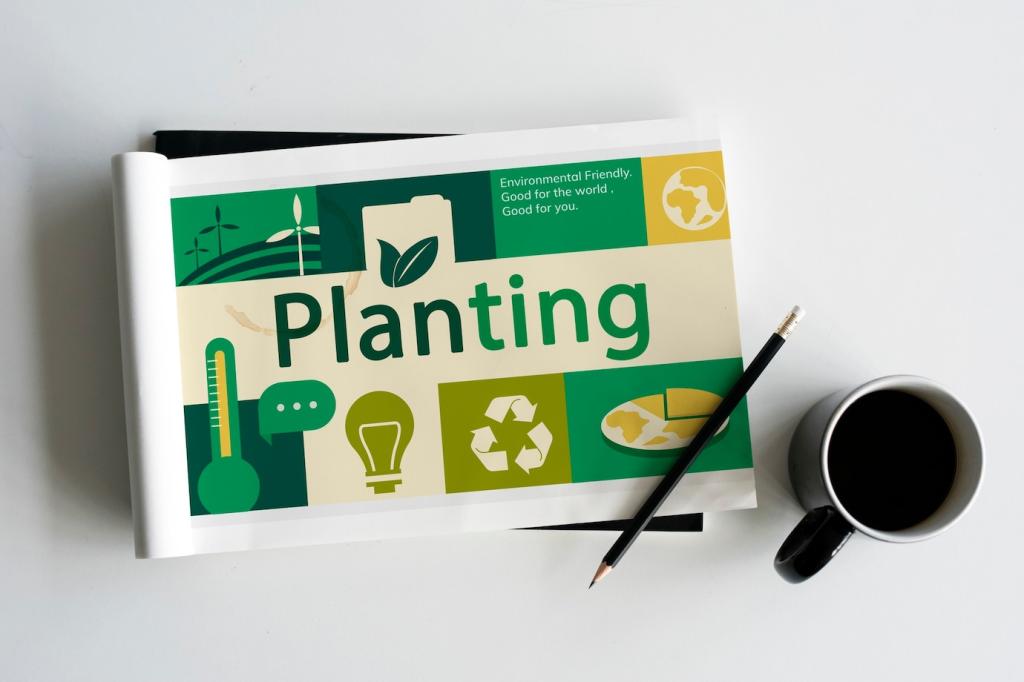Trust Building: Proof Over Promises
Publish third‑party validations like B Corp scores, Fair Trade audits, or a simplified lifecycle assessment. Link to full reports in your bio. Explain jargon plainly, and invite expert feedback to refine your disclosures over time.
Trust Building: Proof Over Promises
Share a candid post about a packaging compromise, the alternatives considered, and a timeline for improvement. Last year, a soap brand openly detailed supply constraints and gained comments praising honesty and practical transparency.





